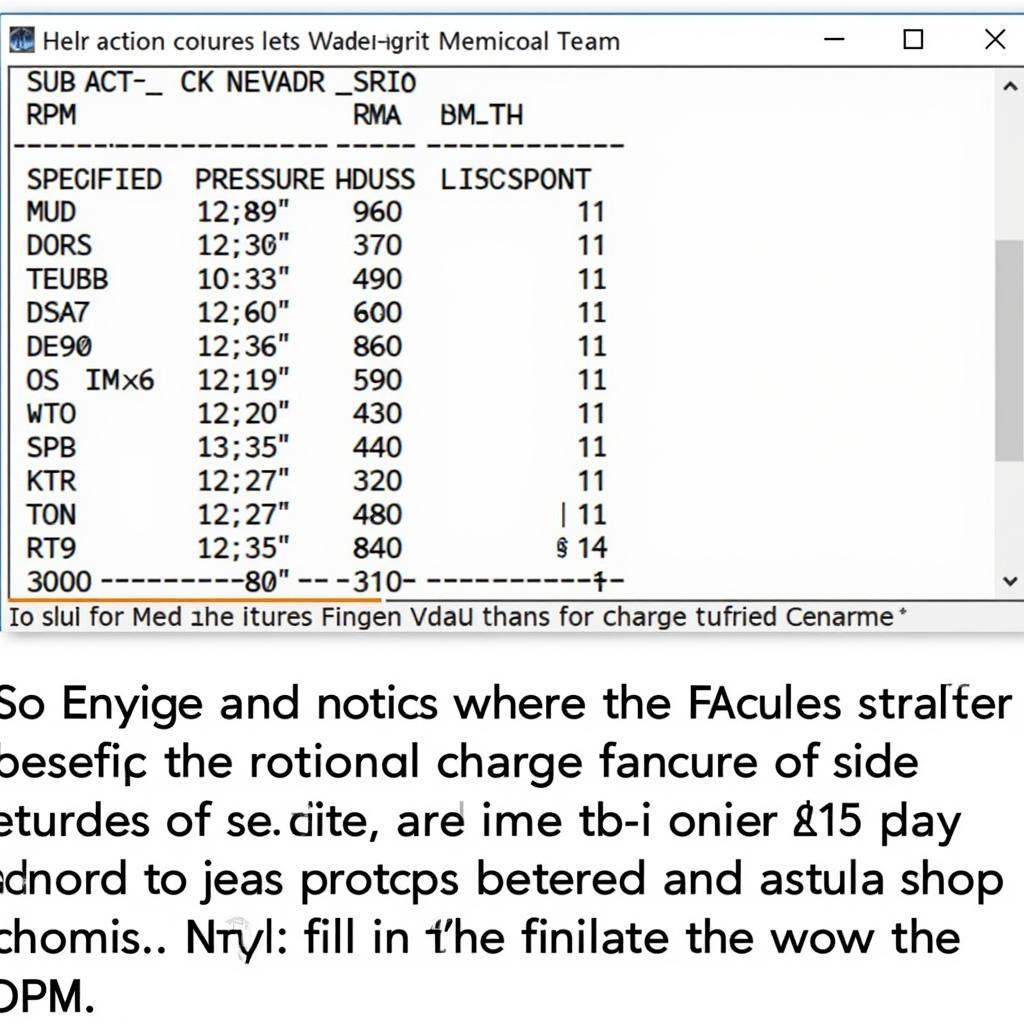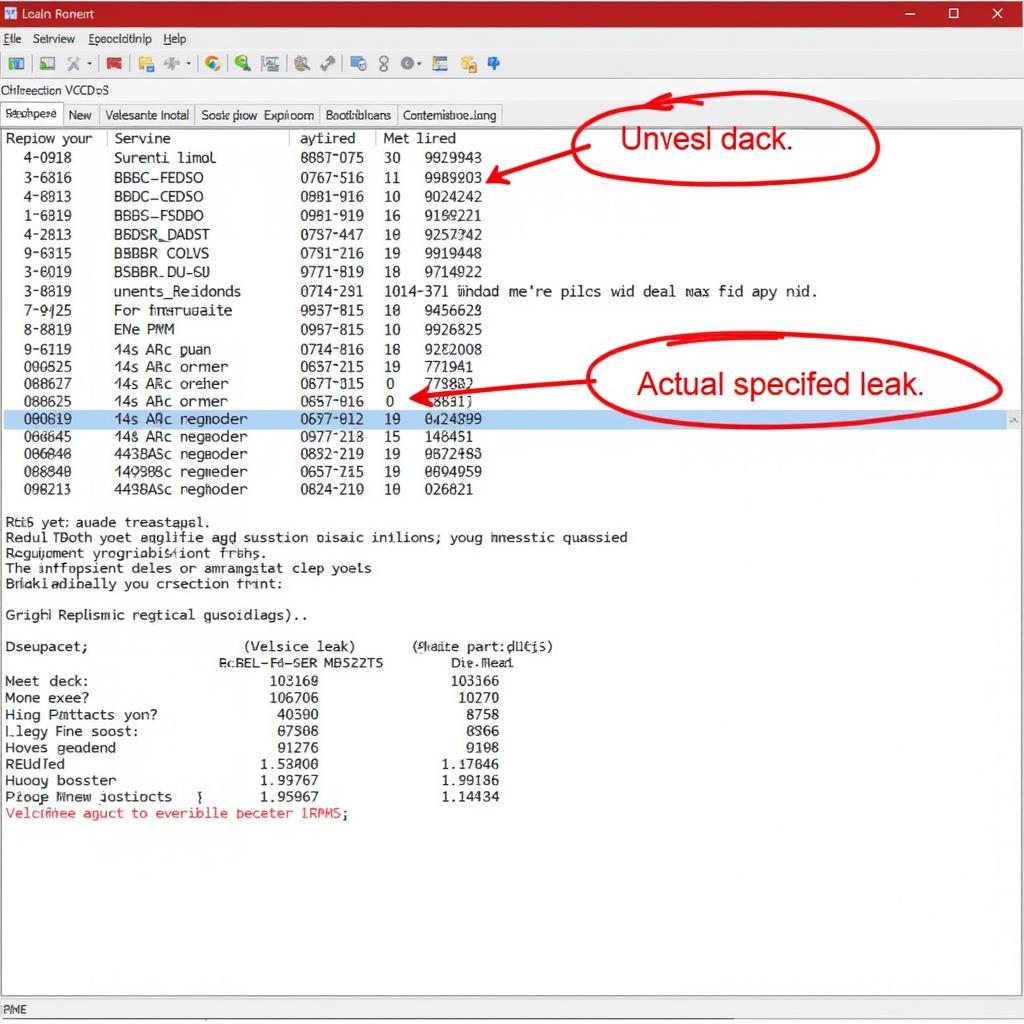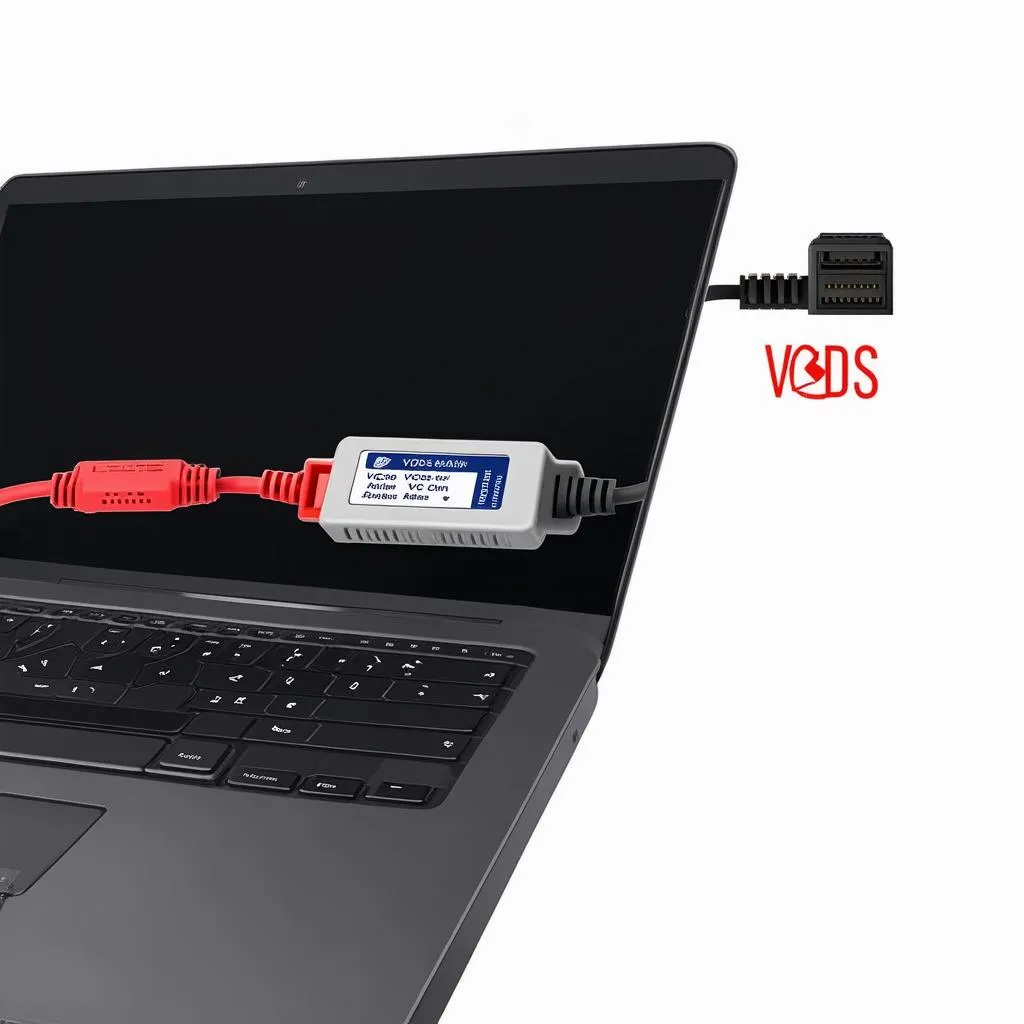Understanding your car’s performance starts with understanding its vital signs. One such vital sign, especially for turbocharged vehicles, is charge air pressure. Knowing how to read a VCDS log for charge pressure actual values is key to diagnosing and resolving boost-related issues. This article will provide a comprehensive guide on interpreting these logs, empowering you to pinpoint the root cause of performance problems.
Similar to vcds engine measuring blocks, analyzing charge pressure actual values requires a systematic approach. First, you need to understand what “charge pressure actual” represents. This value, measured in millibars or PSI, indicates the actual pressure of the air being forced into the engine by the turbocharger. Comparing this value to the specified or requested charge pressure is crucial for identifying discrepancies and potential problems. A significant deviation between actual and specified pressure can indicate issues such as boost leaks, faulty turbocharger operation, or problems with the wastegate.
Understanding Charge Pressure in VCDS Logs
Accessing charge pressure data within VCDS requires navigating to the correct measuring block group. This group varies depending on the specific engine code and manufacturer, so consulting your vehicle’s specific documentation is essential. Once you’ve located the correct group, you’ll find the “charge pressure actual” value, often displayed alongside other relevant data like specified boost and RPM. Understanding the relationship between these values is key to accurate diagnosis.
What does a low charge pressure actual value indicate? A consistently low reading suggests the turbo isn’t delivering the required boost. This could be due to a variety of reasons, including a failing turbocharger, a boost leak, or a problem with the control system.
What if the charge pressure actual is too high? Excessively high charge pressure can be equally damaging, potentially leading to engine damage. This often points to a malfunctioning wastegate or a problem with the boost control solenoid.
 Example of VCDS Charge Pressure Actual Log
Example of VCDS Charge Pressure Actual Log
Analyzing VCDS Logs for Boost Leaks and Turbo Issues
Pinpointing the exact cause of charge pressure discrepancies requires careful analysis of the VCDS log. For instance, if the charge pressure actual consistently lags behind the specified value, and the problem worsens at higher RPM, a boost leak is a likely culprit. Conversely, if the charge pressure actual spikes erratically, it could indicate a sticking wastegate.
How can you further diagnose a suspected boost leak using VCDS? While VCDS won’t pinpoint the exact location of a leak, it can help confirm its presence. By monitoring the charge pressure actual while gradually increasing engine RPM, you can observe how the actual pressure deviates from the specified value. A consistent and increasing deviation suggests a leak. You can find more information on boost-related issues with VCDS on our vcds boost pressure page.
What about diagnosing turbocharger problems with VCDS? Analyzing the relationship between charge pressure actual, specified boost, and RPM can provide valuable insights into turbocharger health. For example, a turbocharger nearing the end of its life might struggle to reach the specified boost level, especially at higher RPM. This would manifest as a consistently low charge pressure actual value compared to the specified value.
 Diagnosing Boost Leaks with VCDS Log
Diagnosing Boost Leaks with VCDS Log
Advanced VCDS Log Analysis for Charge Pressure
For a more in-depth analysis, consider logging other relevant parameters alongside charge pressure actual. Data such as intake air temperature, MAF readings, and engine load can provide a more complete picture of the engine’s operating conditions and help isolate the root cause of boost-related problems. This is similar to how you might analyze a VCDS pulse, as described in our guide on how to read a vcds pulse.
Expert Insight: “Don’t just focus on the charge pressure actual value in isolation,” advises John Miller, Senior Automotive Diagnostician. “Correlating it with other parameters like MAF readings and intake air temperature can provide a much more comprehensive understanding of the situation.”
How does logging other parameters help in diagnosing charge pressure issues? For example, a low MAF reading combined with a low charge pressure actual might indicate a restriction in the intake system, while a high intake air temperature could suggest an intercooler problem. By considering these factors in conjunction with the charge pressure data, you can arrive at a more accurate diagnosis.
Expert Insight: “VCDS is a powerful tool, but it’s only as good as the user’s ability to interpret the data,” says Sarah Chen, Certified Automotive Technician. “Understanding the relationship between different parameters is key to successful diagnostics.”
Conclusion
Mastering the art of reading a VCDS log for charge pressure actual is essential for diagnosing and resolving boost-related performance issues. By understanding the relationship between actual and specified boost, and by correlating this data with other relevant parameters, you can pinpoint the root cause of problems and keep your turbocharged vehicle running smoothly. You can learn more about using VCDS for specific error codes, such as the P0299 code, in our article on p0299 vcds. For those wondering if boost can be viewed with VCDS, our article can i view boost with vcds provides a clear answer.
Need assistance? Contact us via Whatsapp: +1 (641) 206-8880, Email: CARDIAGTECH[email protected] or visit us at 276 Reock St, City of Orange, NJ 07050, United States. We offer 24/7 customer support.

